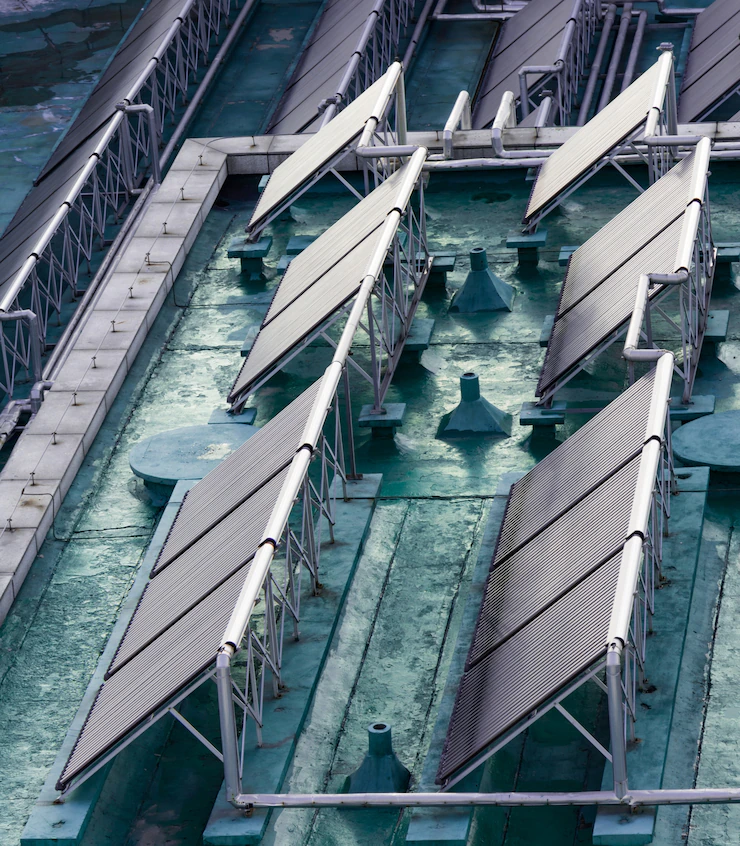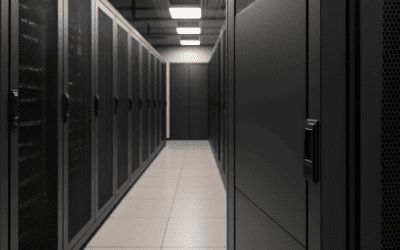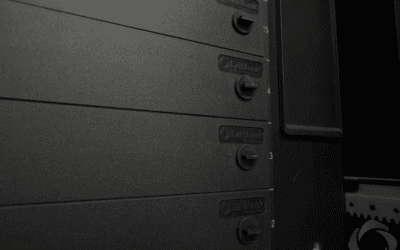Is it Possible to have an Energy Efficient Data Center?
Data is becoming more and more important as we rely on it for everything from communicating with friends and family to working in the office.
Data centers are a way of storing data, however, are some of the most energy-intensive buildings around.
So you might have been wondering – is it even possible to have an energy efficient data center? Today, we will answer this question – yes, it is indeed possible to have an energy efficient data center.
There are many ways to make this possible and we will outline 5 of the key ways to have an energy efficient data center.
In the article:
[—ATOC—]
[—TAG:h2—]
5 ways to make having an energy efficient data center possible
1. Properly size the data center
When it comes to data center energy efficiency , one of the most important things you can do is to properly size the data center. This ensures that you are not over or under-provisioning your data center in terms of power and cooling.
This is especially important when it comes to cooling , as over-cooling can be very energy inefficient. In fact, many data centers waste energy by cooling IT equipment that is not even turned on. This lowers the power usage effectiveness and unnecessarily increases data center energy costs.
While over-cooling becomes an issue when you oversize your data center, at the same time, if there is not enough available capacity, the data center can experience downtimes. This can be very costly for businesses and negatively affect their bottom line.
2. Use Renewable Energy
One of the best practices for energy efficient data centers is using renewable energy.
Renewable energy usage is a great way to reduce your data center’s environmental impact, and it also helps to lower energy costs.
Some of the most common renewable energy options that you may want to consider include:
Solar energy is harnessed from the sun. It is a renewable energy source, which means that it can be used over and over again.
Wind energy is generated by using wind turbines to convert kinetic energy into electrical energy.
Hydro energy is energy that is derived from water. It can be used to generate electricity, or to power machinery.
Geothermal energy uses the Earth’s natural heat to generate power.
3. Implement an energy efficient layout
Data center operators can also make their data center energy efficient by implementing energy consumption saving layouts. These include:
Hot and cold aisle containment
A hot or cold aisle containment system is where the servers and other equipment are arranged in rows with aisles between them. The aisles are then sealed off to create a thermal barrier, preventing the mixing of hot and cold air, which reduces cooling energy waste.
By implementing this system, data center operators can save energy by reducing the need for air conditioning. In fact, this is one of the most important ways to reduce energy consumption and results in significant energy savings.
Raised flooring
Another practice employed by energy efficient data centers are raised floors.
A raised floor is an elevated floor used to provide ventilation or additional wiring below the floorboards. This allows for better airflow and keeping the data center cool, which allows you to reduce power consumption and have energy efficiency improvements.
Additionally, a raised floor can help protect your equipment from water damage.
4. Implement an energy monitoring system
An energy monitoring system is an important tool for data center energy efficiency . By monitoring energy usage, data center operators can identify and correct energy inefficiencies.
Power usage effectiveness
By monitoring energy used, you can calculate the power usage effectiveness (PUE). PUE is a ratio that measures the amount of energy used to power the data center, compared to the energy used to power the IT equipment.
A low PUE means that more energy is being used to power the IT equipment, and less energy is being used to power the data center.
The benefits of calculating PUE include:
Identifying areas where energy is being wasted
Helping data centers track energy use by individual devices
5. Use a Cloud-based data center
In addition, cloud technology has made IT services more accessible and reliable as well as providing more robust storage. With an ever-growing number of companies moving their IT infrastructure to the cloud, the importance of using the best technology is high.
Cloud-based data centers are becoming increasingly popular, as they offer many benefits over traditional data centers. These benefits include:
More robust storage
Increased energy efficiency
Reduced energy costs
Reduced environmental impact
Improved reliability and accessibility
Improving data center energy efficiency
Data centers are some of the most energy-intensive buildings in the world and often the question “is it possible to have an energy efficient data center” is asked. Today we have answered this question and described 5 ways that data centers can become energy efficient.
These include using renewable energy sources, implementing an energy-efficient layout, and using a cloud-based data center. Data center operators can use energy management software to monitor energy usage to identify and quickly resolve inefficiencies.
Using these methods, makes it possible to have an energy efficient data center in no time.
If you want to learn more about data centers, such as insights into cooling systems, take a look at our info hub, updated with the latest data center information.




